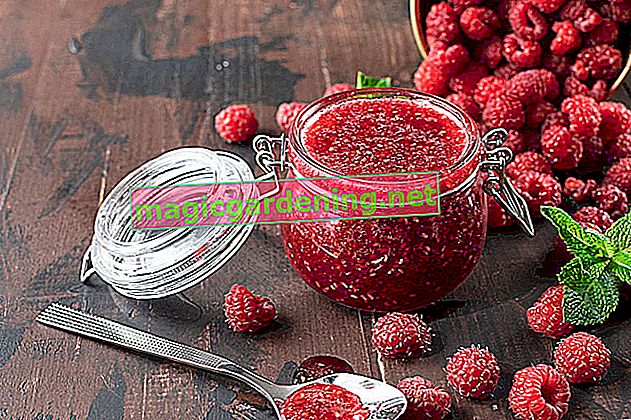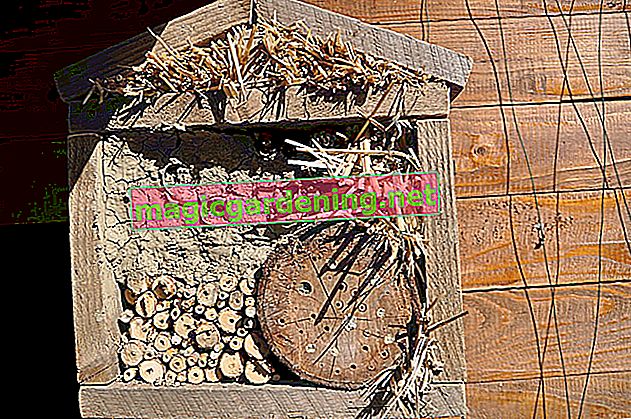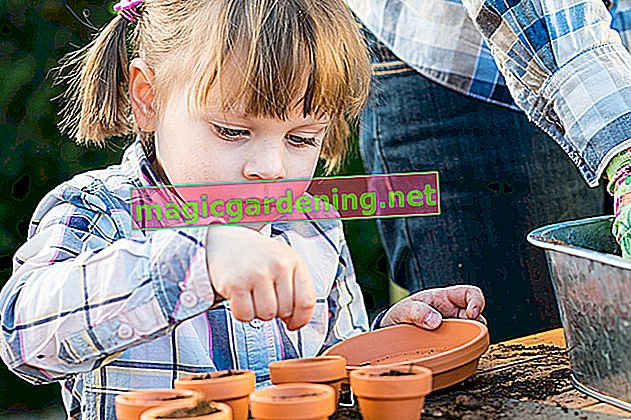
Sedum plant is slightly poisonous
All parts of the sedum plant, especially its thick leaves, contain poisonous alkaloids as well as tannins, flavonoids, glycosides and tannic acids. However, the concentration of toxins is very low, so that the plant can still be consumed. However, this is not advisable if you have a sensitive stomach or are currently pregnant, as consumption can lead to nausea, vomiting and headaches. Incidentally, this also applies if you eat too many stonecrop leaves. Therefore, in principle, it is only recommended to use it externally.
also read
- Flowering time of the sedum plant depends on the species
- Sedum plant prefers a sunny location
- Hibernate sedum plant outside and in the apartment
Edible parts of the sedum plant
The thick, fleshy leaves of the sedum plant are mainly used. With some species (e.g. Sedum telephium) the root nodules can also be cooked and used like vegetables. The leaves, in turn, can be used fresh or placed in oil to make them durable. Add the fresh leaves to colorful salads as a seasoning or cook them as vegetables.
Edible Sedum species
In principle, all Sedum species are edible, but above all the following types:
- Spicy stonecrop (Sedum acre)
- Mild stonecrop (Sedum sexangulare)
- Caucasian sedum (Sedum spurium)
- Reddish sedum sedum rubens
- Great sedum or purple sedum (Sedum telephium)
Sedum plant as a medicinal plant
In folk medicine, both the leaves and the pressed juice obtained from them were used both internally and externally. The juice should stop bleeding (e.g. in wounds) and support wound healing. Also, because of its laxative properties, sedum juice has also been used as a wormer. Because of the slightly toxic ingredients, the juice also irritates the skin and can therefore be used against warts, corns or calluses. To do this, simply cut open the thick leaves and place them on the area to be treated.
Tips
As a precaution, refrain from eating the sedum or swallowing the pressed juice. However, nothing stands in the way of external use (e.g. as a wart remedy).








